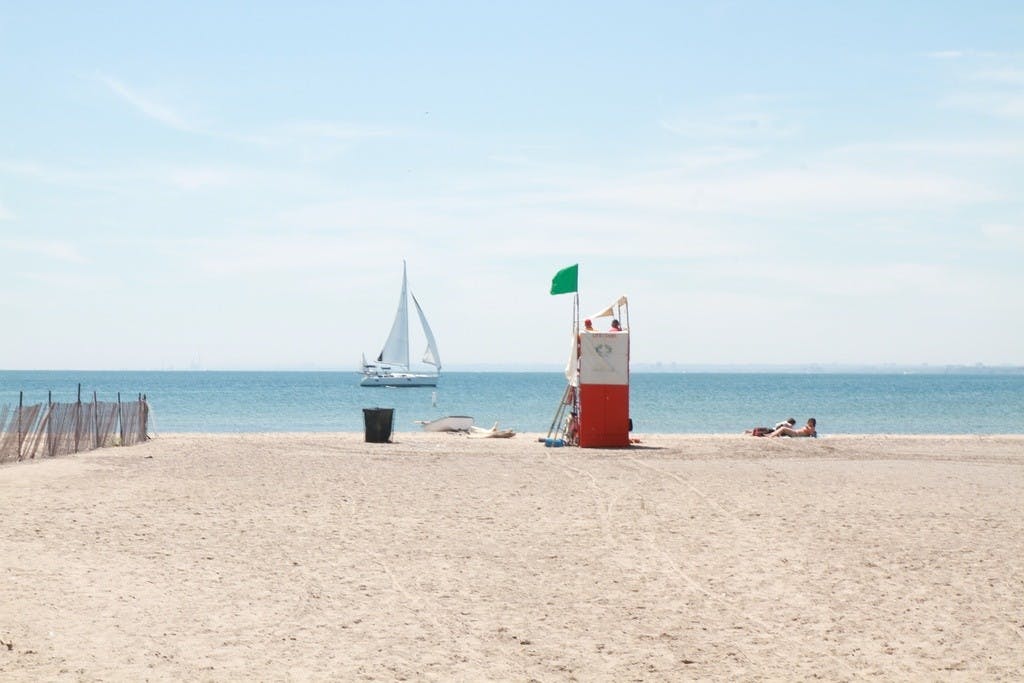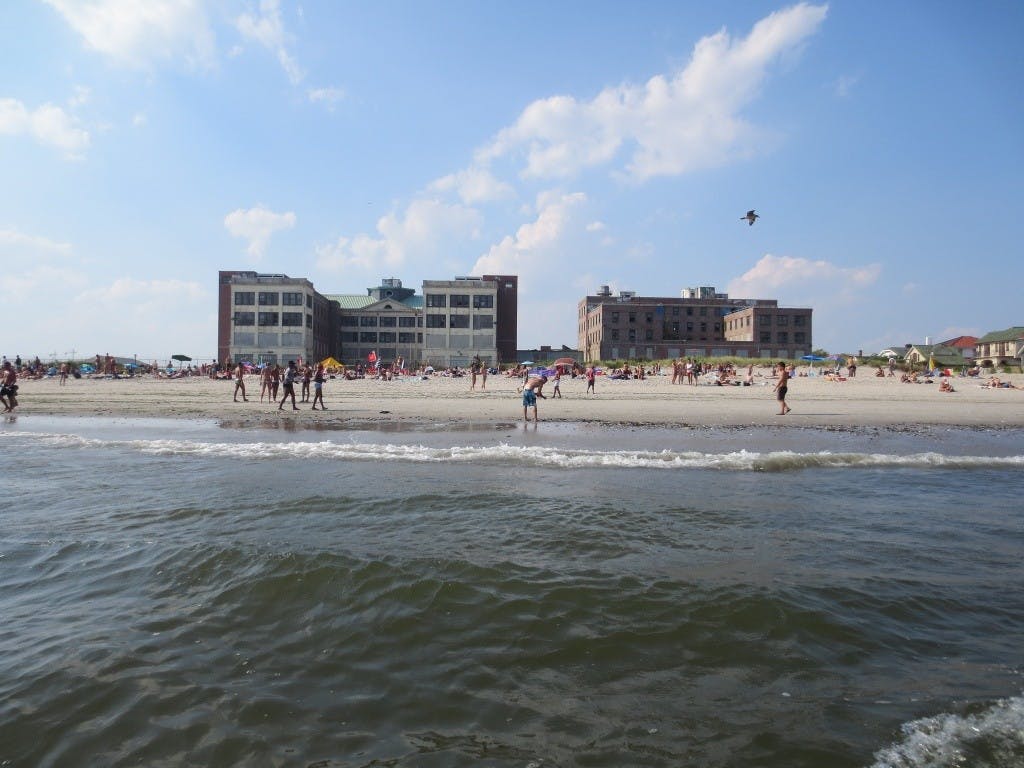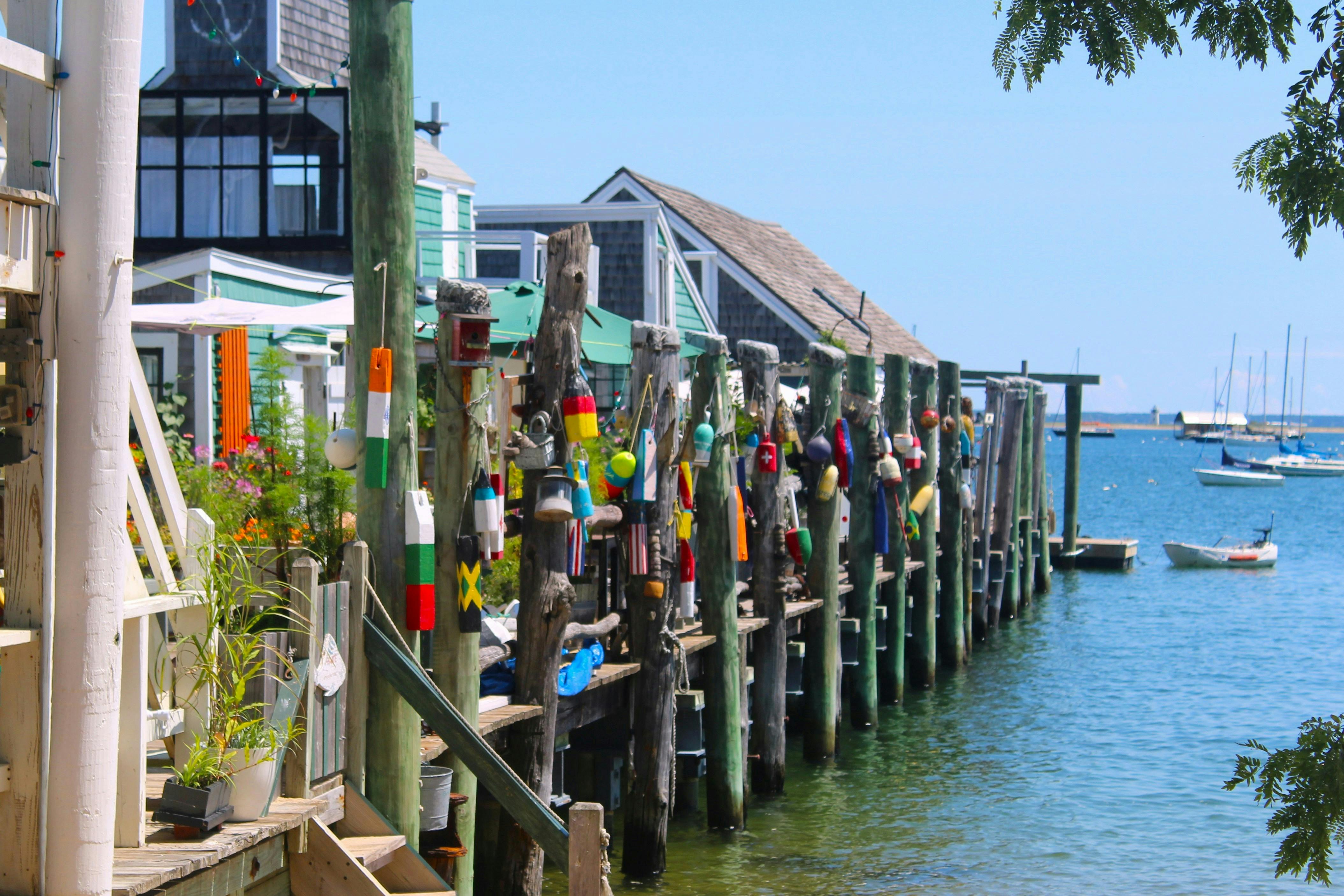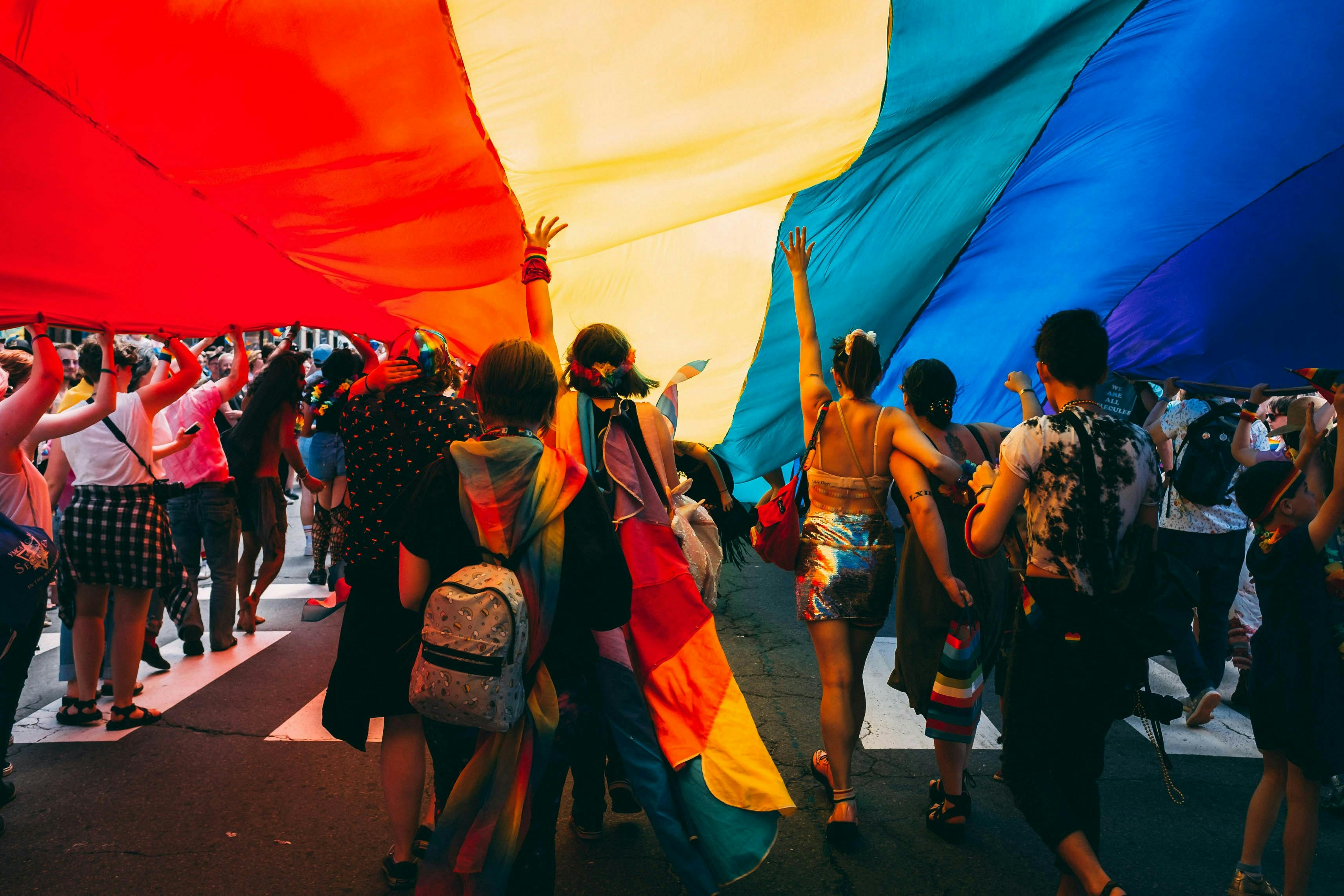So much of LGBTQ2+ history revolves around creating safe spaces where we can simply be ourselves. These spaces are important because they extend beyond Pride Month when the internet, businesses, and store fronts are all awash with rainbow logos. Now that it's the end of Pride Month, we will start to see the rainbows disappear, so it seems like a good time reflect on some of the safe spaces that are unapologetically queer all year round.
Of course, this is Swim Guide, so we’re going to talk about our favourite beaches!
Our Favourite LGBTQ+ - Friendly Beaches

Hanlan's Point, Toronto Island, Ontario
Hanlan’s Point, besides being a queer spot also has the distinction of being the only clothing optional beach in the City of Toronto. It should be noted, however, that no one is under any pressure to bare all.
Hanlan’s was also the site of the first Gay Day picnic in 1971. The beach was already becoming a popular queer hangout spot, and some say that this was even the birth place of Toronto Pride
In the past few years, Hanlan’s has changed drastically as a result of the high water levels in Lake Ontario. Sadly, the beach is considerably smaller than it used to be. Things haven’t been helped by beach goers ignoring fencing and treading in areas that are already sensitive to erosion. If you get to visit Hanlan’s this year, please respect the beach as well as your beach neighbours. We don’t want to do anything to speed up Lake Ontario’s attempts to take the beach back beneath its waves.

The People's Beach, New York City, New York
Located in Jacob Riis Park in Queens, New York, what is now called the People’s Beach was designated clothing optional in the 1960s. By the 1970sit was an established gathering place for gay men. It also became the site for the 1971 voter registration drive held by the Gay Activist Alliance.
To this day, it remains an important place for the LGTBQ2+ community in New York, hosting a number of events during the summer. It’s so iconic that one first time visitor described the bus ride to the beach as,

Provincetown, Massachusetts
In this case, we’re not just talking about a beach, but a whole town! Provincetown, Massachusetts, is a beach resort town located on the tip of Cape Cod. And before you ask, no, the town is not clothing optional… but if you visit Herring Cove you might see some extra skin (just not officially sanctioned extra skin). Another popular and beautiful beach is Race Point.
Race Point, Herring Cove, and more broadly Provincetown’s (or Ptown as it seems to be called), queer history stretches back to the 1940s when it became a popular place to visit for artists, gays and lesbians, and gay and lesbian artists (including Tennessee Williams).
Among many, many other queer events, it is now it is home to Family Week, which started back in the 1990’s as an event for queer parents and their kids to enjoy vacation without worry.
Safe Places for the Community
The places that I’ve highlighted all have a common thread: they have become places for people to simply be themselves.
The term I’ve been using is LGTBQ2+ (google it if you haven’t already)- and yes, it’s long. It’s so long that it needs a ‘+’ because we don’t all fit into one category. In Canada, you may hear the term 2SLGBTQ+, where the 2S stands for two-spirited peoples, which are an important part of many Indigenous communities as well. Like so many things, LGTBQ2+ spaces are often dominated by white, cis-gendered men. But we’re not all white, cis-gendered men. It is incredibly important to recognize the prejudices and privileges that exist within every aspect of our society, including the LGTBQ2+ community. With this in mind it's also incredibly important to understand that these queer spaces continue to exist because people still need them to.
It should go without saying that queer spaces (not just the beaches listed above) need to be safe places for everyone. Places where people know and feel their racial identity, as well as their sexual or gender identity has space. Places where people aren’t going to feel self-conscious because they haven’t had top surgery, or feel like that is something they need to do (especially to feel comfortable at the beach). Places where people can kiss their partner in the water, and hold hands in the sand, without fear of judgement or discrimination.

Together with allies, we need to speak out, stand up for intersectionality and educate ourselves (you have a head start with having read this article!). As we see the rainbow logos disappear post Pride Month, and we continue to go about our daily lives, we also need to go to our beaches, and do our part to keep those beaches safe, inclusive, and unapologetically queer.
